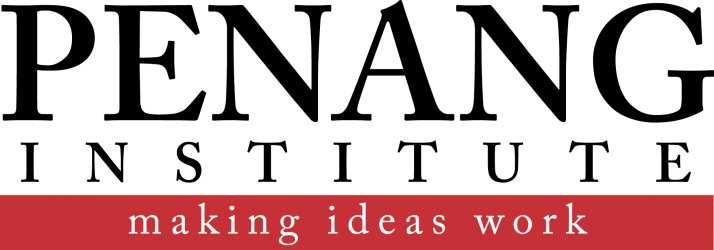Malaysia’s first Bus Rapid Transit (BRT) line – the Sunway BRT line – was officially launched by Prime Minister Najib Tun Razak on the 2nd of June, 2015. Costing a total of RM634 million – which averages out at RM117 million per km (or approximately US$30 million per km) – the 5.4km elevated BRT line appears to be on the high end of the cost spectrum for BRT systems. The manner in which the design and contract of this BRT system was decided upon – via a directly negotiation public private partnership (PPP) contract raises many questions in terms of conflict of interest and private sector ‘capture’ of a public infrastructure project. The biggest beneficiary of the Sunway BRT line is Sunway Berhad which has many properties (already built and in the process of being built), businesses and educational institutions that is being served by the Sunway BRT line. The fact that one of Sunway Berhad’s subsidiaries – Sunway Construction – was given the contract to build the elevated BRT line, the inclusion of Sunway Berhad as one of the stakeholders in this PPP project via its CSR contribution (15%), the partial funding of this PPP project via the Facilitation Fund (15%) which comes under the Public Private Partnership agency in the Prime Minister’s Department (otherwise known as UKAS), all point towards possible explanations for the decision to build the elevated BRT line at what seems to be a high cost.
The private sector ‘capture’ of this PPP project is reflected in the naming of the BRT stations whereby four out of the seven stations have the name ‘Sunway’ (or an abbreviation of Sunway) in it and another station (South Quay) is the name of one of Sunway’s property developments.
The decision to build the costly elevated BRT line, funded primarily by an already heavily indebted Prasarana (70%), could explain the decision to structure the fares of the BRT line at the exorbitant rate of RM1 per km. After a trial period of 2 months in which the rides on the BRT Line were offered for free, the exorbitant fare structure caused a 63% drop in the average daily ridership when it was implemented in August 2015. The ridership recorded in August 2015 – 4616 per day or 256 per hour – is approximately 11% of the initial projected ridership of 2400 per hour.
The many lessons learned from the Sunway BRT line needs to be incorporated into future BRT lines in the country starting with the already approved but yet to be implemented 34km KL-Klang BRT line, where construction is supposed to begin in the 3rd quarter of this year and be completed by 2018.
